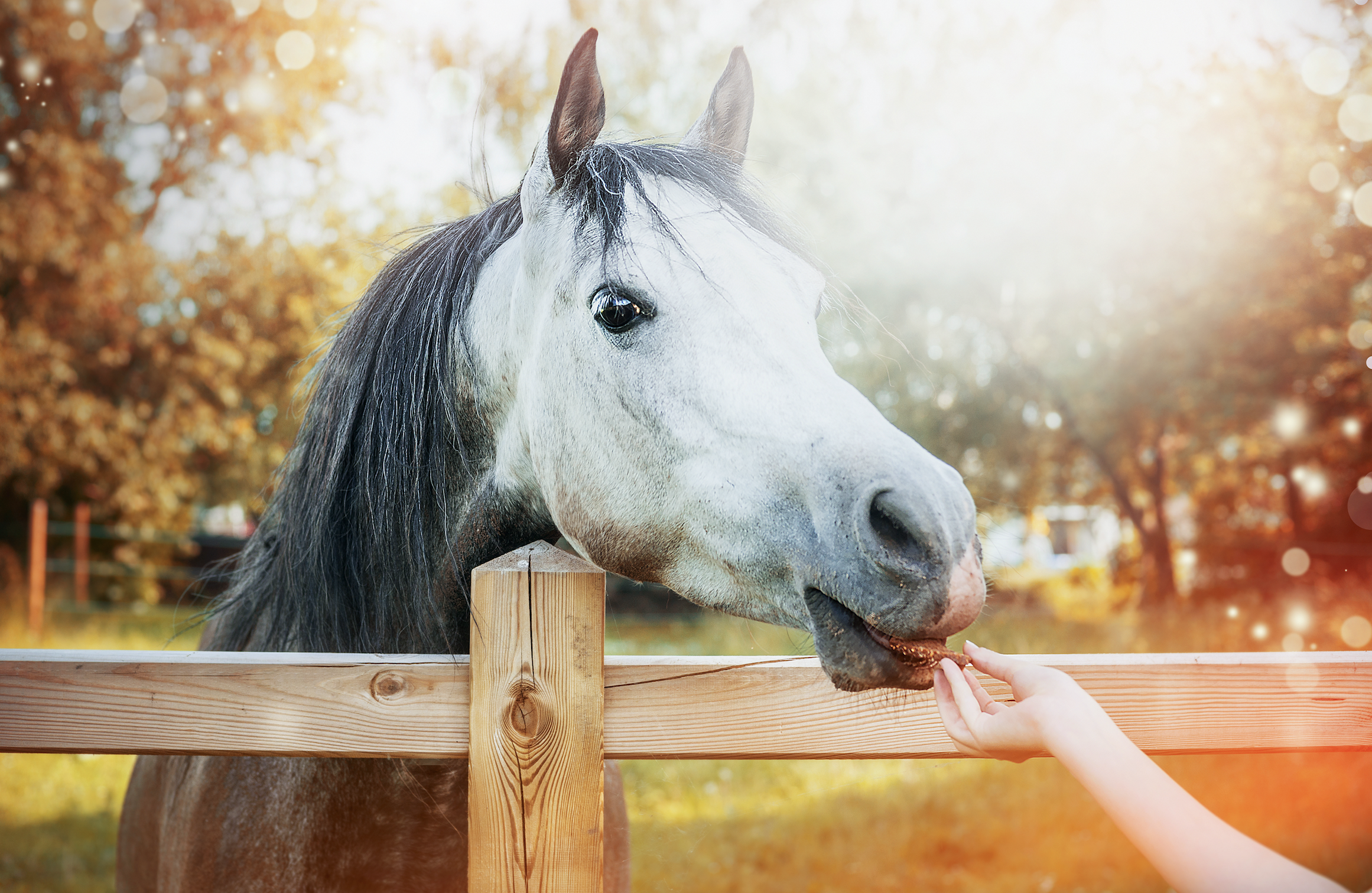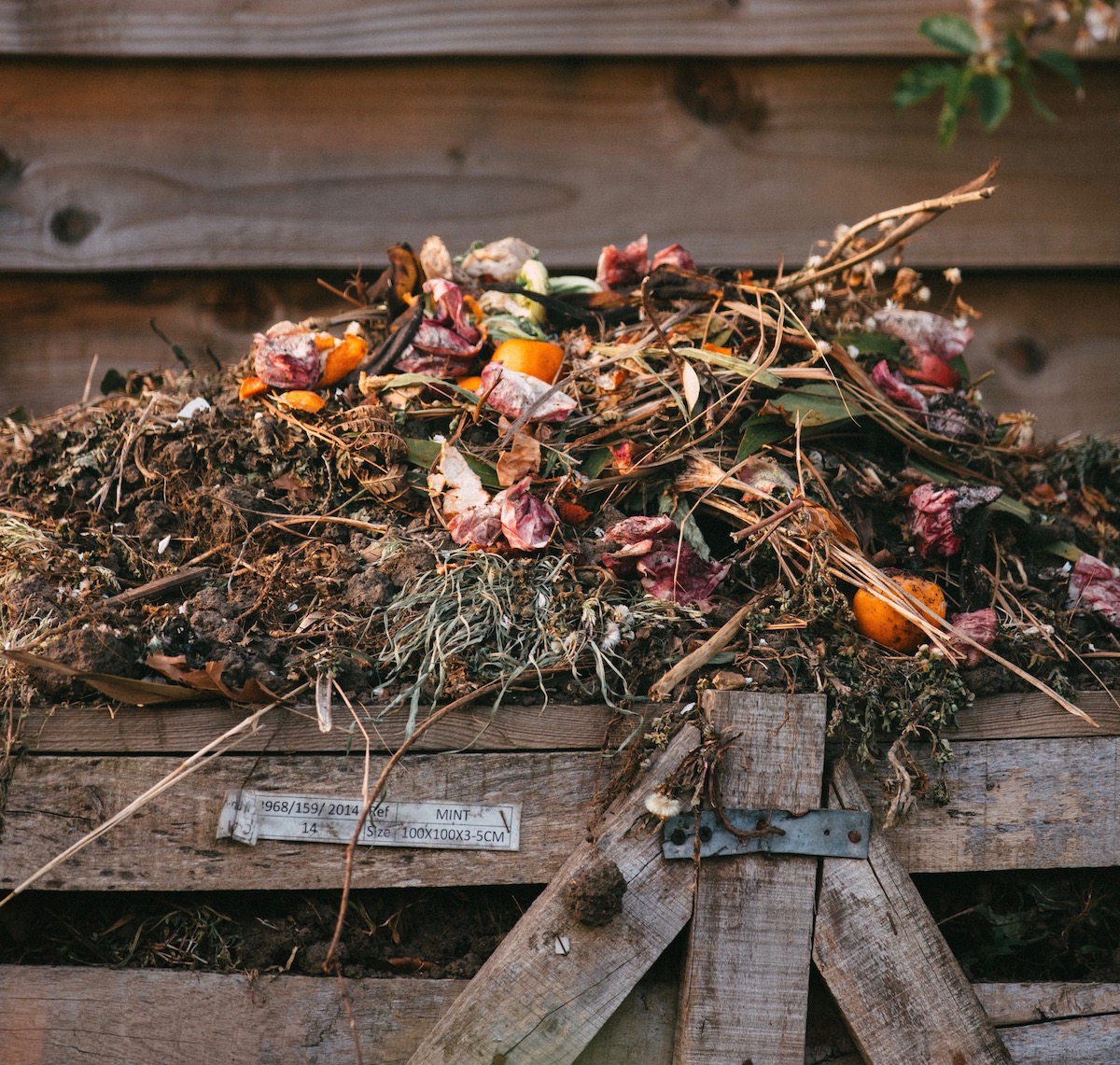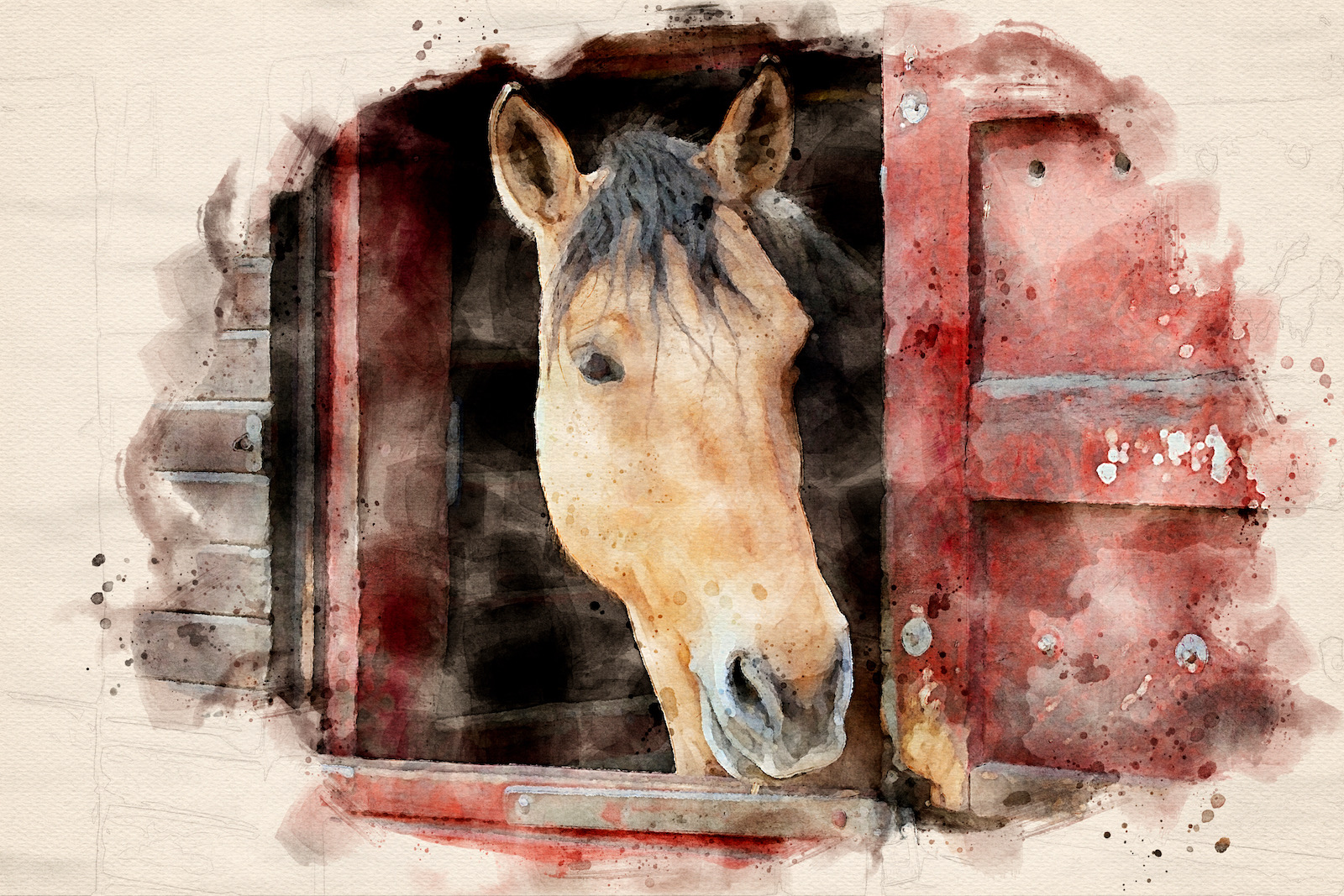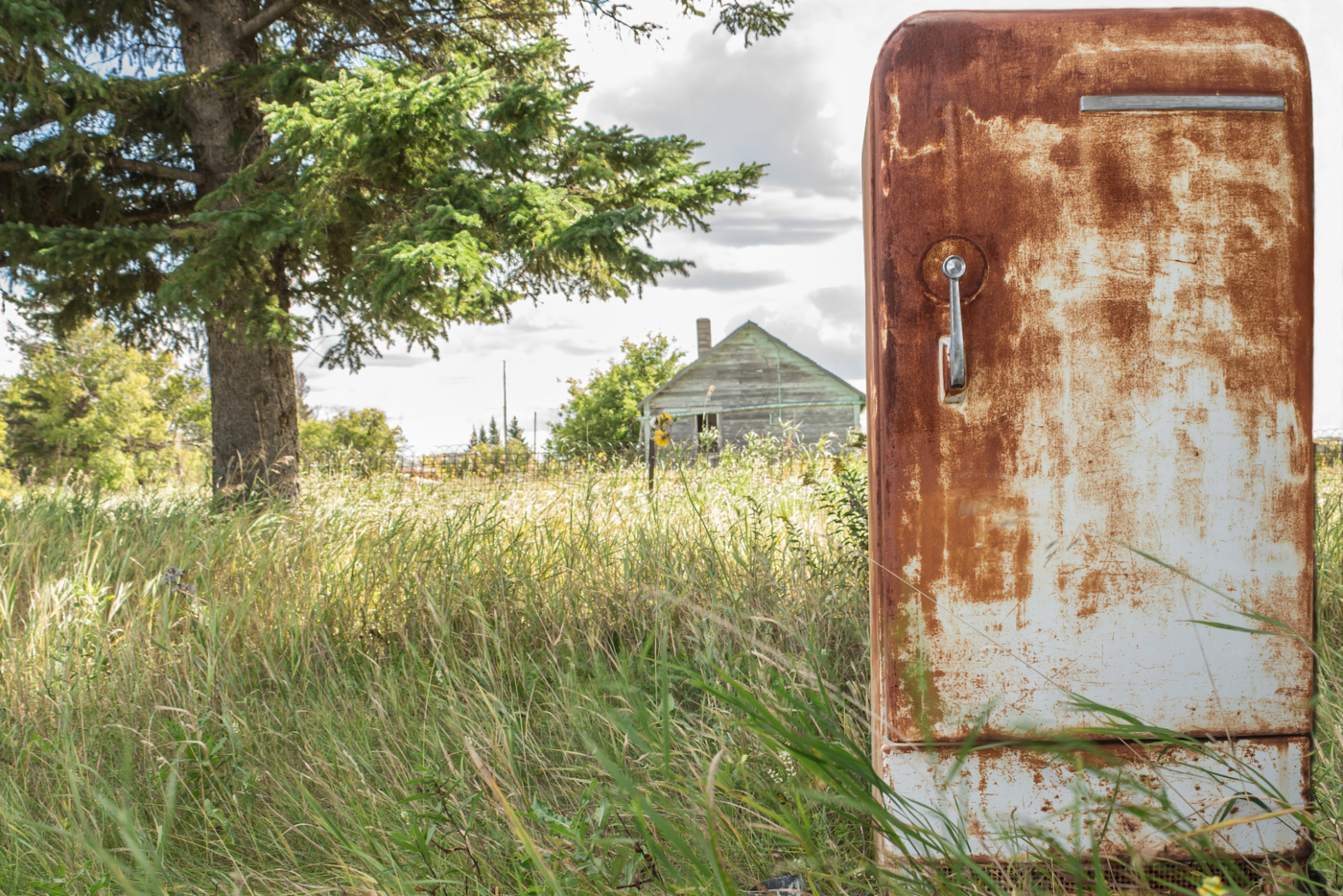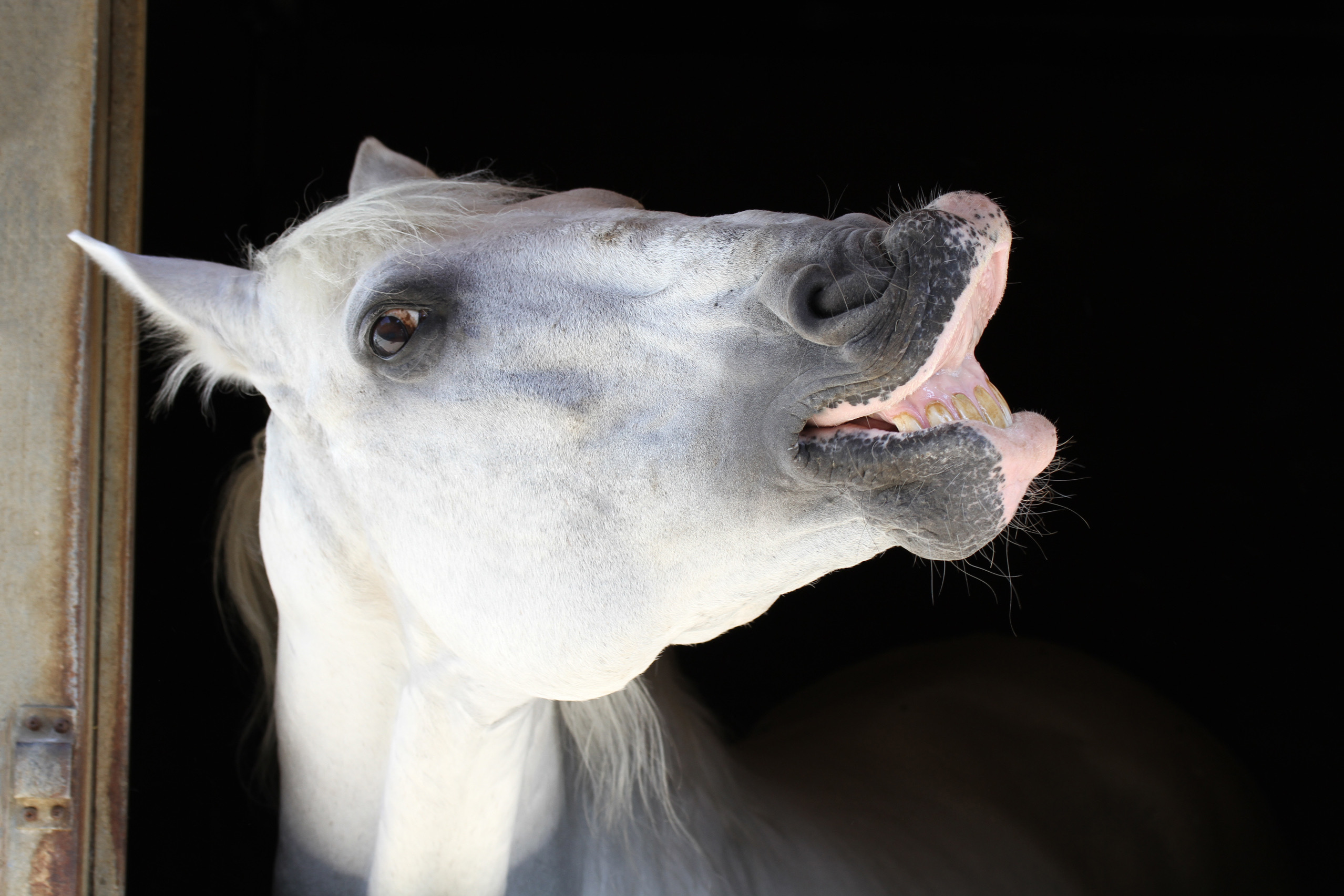“I had a lady at a barn recently where her horse had a mild case of laminitis in both front feet caused by a group of kids at the barn on a Saturday feeding the horse a large bag of treats!”
The moral of the story: we can kill our horses with kindness. This anecdote, among others, was enthusiastically shared with us by Cargill nutrition specialist Dr. Marty Adams, PhD/PAS during a recent conversation about the effects of carbohydrates in our horses’ feed. Every horse owner lives in fear of the words laminitis and colic, two conditions that can appear out of nowhere and are often a result of an owner’s best intentions: ample turnout, free choice hay, feeding for looks or ability without attention to genetics, and … too many treats. While the monitoring of carbs in our own diets is a routine that should also be applied throughout the barn, it takes a general understanding of how these ingredients affect our equine friends to do it properly.
We asked Dr. Adams, who manages formulas for ProElite, Legends and Southern States Horse Feeds, to walk us through the basic functions of starch, sugar, and fiber in the diet, so that we can all be a bit more educated about what all those numbers on the back of our feed bags really mean.
Give us a quick crash course in carbohydrates as they relate to equine nutrition.
Soluble carbohydrates (nonstructural carbohydrates, or NSCs) are the sugars and starches in the grains and grasses that a horse consumes, and are generally digested in the foregut, or stomach or small intestine. Then there are the insoluble carbohydrates (structural carbohydrates, or fiber), which the horse can’t digest on its own. Fiber travels to the hindgut where it is fermented, and bacteria creates the enzymes that aid in digesting it and breaking it down.
Fiber is composed mainly of two carbohydrates: cellulose and hemicellulose, which is what is found in pasture forages and hay. So a horse will digest or break down the soluble and insoluble carbohydrates, and will use both the glucose and fatty acids as sources of calories. Of course, the fatty acids are stored as fat, and the glucose is used directly for energy or is converted to stored fat. Additionally, some of the glucose is stored in the horse’s muscle as glycogen.
We know low-carb diets are very popular among horse owners, but what you described sounds like a lot of carbs.
A lot of folks get confused. They want a low-carb diet for their horses, but 80% of what a horse eats is carbohydrates. Grain, or hay, or pasture – they’re all carbohydrates: either glucose or fructose molecules, or other forms of glucose that are tied up in fiber then turned into a usable form in the hindgut. Like humans, the horse eats mainly for energy. The diet includes a little protein, a few vitamins and minerals, and a bit of fat, but the majority is carbohydrates. However, we know that some horses require exceptionally low-sugar (low-NSC) diets, particularly those with Equine Metabolic Syndrome/insulin resistance or Cushing’s Disease, and those prone to colic.
I’ve done some group research on glycemic response, which shows that as more sugars and starches are fed to a horse, more glucose is absorbed into the blood, which in turn makes the insulin level higher. A vet can test a horse for resting insulin, which can help diagnose a horse as insulin resistant.
What are some of the chief concerns regarding feeding too many NSCs to an insulin resistant horse?
An insulin resistant horse is at greater risk of having laminitis than the average horse. Insulin can damage the laminellar attachments that connect the hoof capsule to the coffin bone, causing inflammation and dangerous laminitic episodes. Consumption of pasture grass can be a very dangerous thing because of the sugar content, and many people don’t know that it is responsible for over half of laminitis episodes.
Some horses may adjust to lush pastures, but some will not. If a horse has the reputation of being an easy keeper, that horse is probably from a region where nutrition isn’t readily available. Consider the ponies from the English isles, or the Norwegian fjords. There’s not a lot of grass up there; there’s a lot of snow! Those horses became metabolically thrifty, and insulin resistance was likely developed as a survival mechanism. Insulin is the hormone that drives glucose into the cell and converts it into fat. The more insulin an animal has in its bloodstream, the more likely it is to carry more fat, which allows it to survive by living off its fat stores in an area where nutrition isn’t always readily available. Unfortunately, a lot of our performance horses are selected by us for their ability to jump high or run fast, or because they are a pretty color, so Equine Metabolic Syndrome continues to be an issue. I know of a farm in Virginia where a study was conducted that showed its hunter ponies were nine times more likely to suffer from laminitis than the average horse.
Even in horses without insulin resistance, colic can result from high levels of sugar in the hindgut. The sugars ferment; gas buildup produces pain; lactic acid forms and lowers the pH level of the gut, destroying the natural bacteria which then break apart and release endotoxins. This can also damage the wall of the large intestine, causing those endotoxins to pass through into the bloodstream. We believe these toxins affect enzymes that maintain the integrity of the laminae, which causes them to break apart, triggering laminitis that is secondary to the colic. 
Okay, so what if we want to feed a low-NSC diet, but have a horse that requires more energy to perform his job well?
Horses that are active and athletic are not insulin resistant, so we can give them higher quantities of sugars and starches for energy. Glucose and fat are the two sources of energy that horses use for their muscle cells, and while a horse can store a lot of fat, it is limited in the amount of glycogen it can store within its muscle. An 1100 pound horse burns 16,700 kilocalories of Digestible Energy (or DE) per day, but it can only store about 15,000 kcals of DE in the muscle, which means a horse can’t even store enough kcals as glycogen to meet its basic maintenance needs each day. As the horse goes from the walk to a fast trot, he can burn fatty acids or he can burn glucose. Glucose converts into the highest level of energy (36 ATP/mol), with fat as a close second (25 ATP/mol). As the horse goes into a gallop, he moves from aerobic to anaerobic metabolism, and the muscle cell begins to convert glucose to lactic acid, so instead of 36 ATP/mol, energy output goes down to 2 ATP/mol. One can see that a horse doing speed work can get glycogen depleted very quickly.
So what can we do to increase stamina, or keep that horse running at speed longer?
One way is to give more fat to the horse. If we give the horse more fatty acids, within about 30 days its metabolism will shift to burn more fat during initial stages of exercise, thus saving the glucose. That’s the glycogen storing ability of higher fat diets.
As an example, there was a study done on thoroughbred racehorses in Kentucky a few years ago. Their average grain intake per day was 17 pounds, and their average hay intake was 11 pounds, even though they had hay in front of them around the clock. They only ate 11 pounds of hay per day (only 1% of their bodyweight) because they were eating roughly 1.5% of bodyweight in grain, which is about all a horse can eat, at 2.5% of bodyweight daily. However, in order to make the horses as competitive as possible, they were fed more starch, sugar, and fat to enhance stamina. In this case, their energy reserves were high, but they were at greater risk of having ulcers, colic, and laminitis.
Is there a way to feed more calories for stamina, without increasing excitability?
We know that insulin is the trigger for laminitis. We also think – though we don’t know for sure – that it is probably the trigger for excitability as well. A lot of horse owners are concerned about keeping their horses quiet, so low-NSC feeds are often a good choice. However, as one becomes more competitive, or requires more stamina from the horse, a higher-NSC feed is a good consideration. In that situation, feeding smaller amounts four times per day rather than only twice per day can minimize glycemic response, which is especially helpful during competitions.

Is there a basic rule of thumb regarding equine nutrition; for instance, a standard feed to forage ratio?
The standard guideline is to feed at least 1% of the horse’s bodyweight per day at a minimum as forage (hay and pasture). For the Legends Horse Feeds, Kentucky Equine Research has an online tool for calculating the rations that a horse should be fed each day. Simply enter the bodyweight and activity level of the horse, as well as the amount of access to pasture, and it will quickly calculate how much hay or grain a particular horse should eat each day.
Most feeds are designed to be fed at .5% of bodyweight each day, which in an average sized horse is 5 pounds per day. However, a 1300 pound warmblood with decent body condition might only get 4 pounds of feed each day due to his more efficient metabolism or greater access to hay or pasture, though he should be getting 6 pounds to meet his basic dietary requirements. In order to meet those needs, one could utilize a balancer pellet which is fortified with more of the essential nutrients per pound, we can replace a few pounds of the feed with a balancer pellet and meet the nutrient requirements of the horse. These “easy keepers” require appropriate levels of amino acids, vitamins and minerals, and a balancer pellet allows for those elements in a more concentrated form, thus reducing volume of feed. Additionally, some ponies and minis require only a balancer pellet, while others might need a combination. The fact is that we need to look at each individual horse to determine its ideal diet.
Anything you’d like to offer in conclusion?
For the basic horse owner, the trick is to feed to the horse’s body condition. Feed the calories that the horse needs, and not in excessive amounts. It’s the same thing people have to wrestle with every day. Do I want the ice cream? Yes, I do. Can I have it every day, or do I need to eat it in moderation? The good news is that it’s a lot easier to make those decisions for our horses than for ourselves.
Image Credit: Cargill, Dr. Marty Abrams


